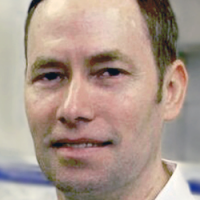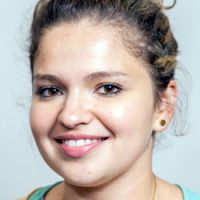Academic Appointments:Assistant Professor, Biology Department, Brooklyn College, The City University of New York Degree(s):Ph.D. The Graduate School and University Center and Hunter College, City University…
Group: Cancer Biology & Biochemistry
Cancer Biology & Biochemistry members
Academic Appointments: Dean, School of Natural and Behavioral Sciences, Brooklyn College, The City University of New York Professor, Department of Biology, Brooklyn College, The City…
Academic Appointments: Professor of Chemistry and Biochemistry Department, Brooklyn College of CUNY Professor of Chemistry, The Graduate Center of CUNY Degrees: BS California State University,…
Academic Appointments: Associate Professor (Sept. 2020), Chemistry Department, Brooklyn College, The City University of New York Doctoral Faculty, Chemistry PhD Program, The Graduate Center, The…
Academic Appointments: Associate Professor, Chemistry Department, Brooklyn College, The City University of New York Faculty, Chemistry, Biology and Biochemistry PhD Programs, The Graduate Center, The…
Academic Appointments: Full Professor, Department of Biology, Brooklyn College, The City University of New York Faculty, Chemistry, Biology and Biochemistry PhD Programs, The Graduate Center,…
Academic Appointments: Associate Professor, Biology Department, Brooklyn College, The City University of New York Faculty, Biology, Biology and Biochemistry PhD Programs, The Graduate Center, The…
Academic Appointments: 2021-present: Full Professor and Chairperson, Biology, Brooklyn College (CUNY) 2015-2021: Associate Professor, Biology, Brooklyn College (CUNY) 2008-2015: Assistant Professor, Biology, Brooklyn College (CUNY)…
Academic Appointments Associate Professor, Department of Health and Nutrition Sciences, Brooklyn College Biochemistry PhD program, Graduate Center of CUNY Degrees PhD in Nutrition (05/2013 at…
Academic Appointments: Professor of Chemistry and Biochemistry, Brooklyn College of the City University of New York Professor of Chemistry and Biochemistry, The Graduate Center of…










